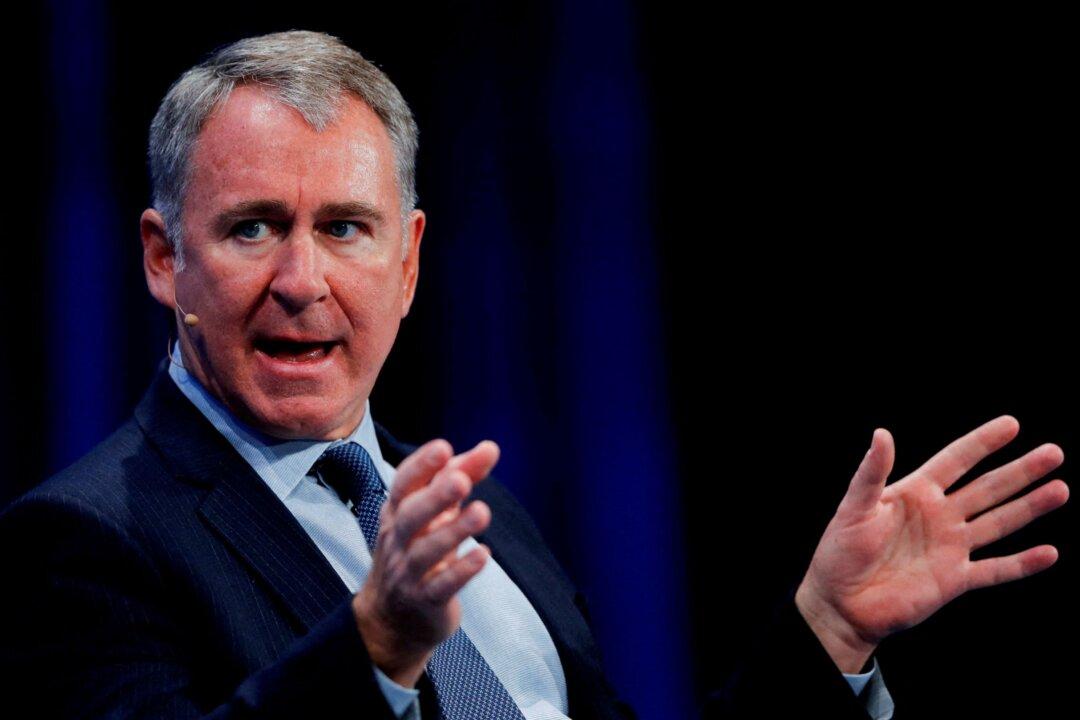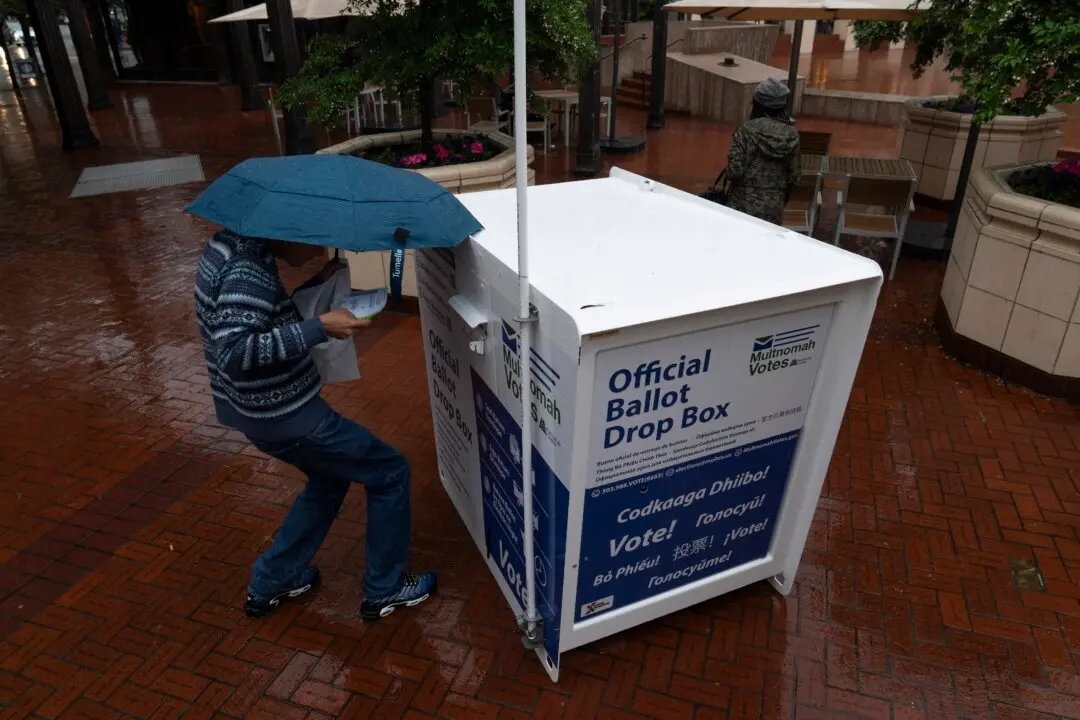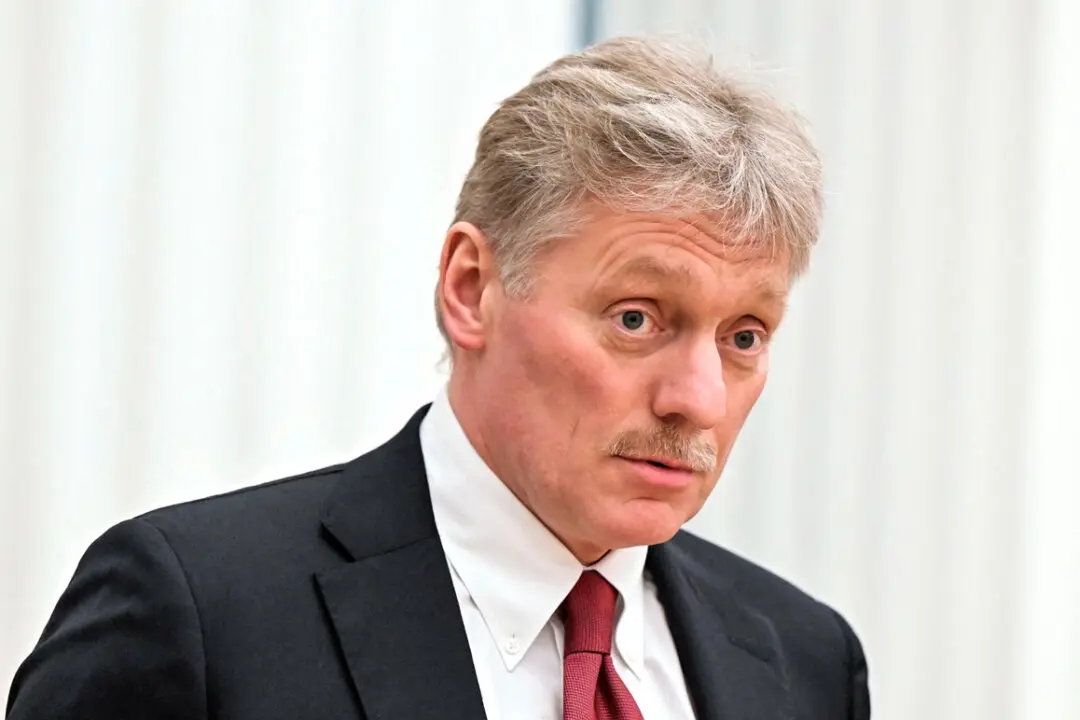Billionaire investor Ken Griffin, the founder of hedge fund Citadel, said that high inflation could persist for decades in the United States, with negative implications for the cost of making interest payments on America’s massive—and growing—pile of public debt.
While speaking at the Bloomberg New Economy Forum in Singapore on Nov. 9, Mr. Griffin warned that the U.S. government needs to put its fiscal house in order as it has been spending “like a drunken sailor.”





